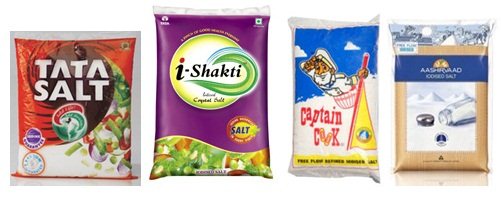- Business Concepts ›
- Marketing and Strategy ›
- Undifferentiated Products
Undifferentiated Products
Definition & Meaning
This article covers meaning & overview of Undifferentiated Products from marketing perspective.
What is meant by Undifferentiated Products?
Undifferentiated products can be defined as the intrinsically identical products (like milk, gasoline and packaged ice) which are easily substitutable by products from competitors or other suppliers. The Threat from substitution is very high. These kind of products can compete on the basis of only price and availability. In order to achieve differentiation they have to highlight the perceived difference or the difference in customer delivered value.
These products are also known as fungible products. Price is never a good differentiating factor as it only benefits the customer and not the business because it erodes away the profit. So companies/brands with undifferentiated products position their products differently from their competitors by highlighting different qualities/features of their products or brands. Let us consider the example of salt. Salt is an undifferentiated product. One can easily substitute one salt brand with another,
There is nearly no point of differentiation on basis of product. So different brands highlight different features/qualities of the product or brand itself to attract customers.
Captain Cook – Free flow refined Iodized Salt. (Product Quality/Feature)
Tata Salt – Desh ka Namak. (Brand Equity of Tata as an Indian Brand)
I-shakti – Iodine Sahi toh Dimaag Tez (power of Iodine – Product feature/quality)
Aashirwaad – Brand Equity of Aashirwaad brand from ITC.

Hence, this concludes the definition of Undifferentiated Products along with its overview.
This article has been researched & authored by the Business Concepts Team which comprises of MBA students, management professionals, and industry experts. It has been reviewed & published by the MBA Skool Team. The content on MBA Skool has been created for educational & academic purpose only.
Browse the definition and meaning of more similar terms. The Management Dictionary covers over 1800 business concepts from 5 categories.
Continue Reading:
What is MBA Skool?About Us
MBA Skool is a Knowledge Resource for Management Students, Aspirants & Professionals.
Business Courses
Quizzes & Skills
Quizzes test your expertise in business and Skill tests evaluate your management traits
Related Content
All Business Sections
Write for Us